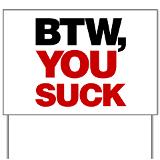- Joined
- Nov 25, 2015
- Messages
- 10,042
FREE IS THE BEST KIND.Well, finally got around to drive over to my friend's house to pick up the bending jig he gave me...
He had also ordered a milling work table... 17.7" x 6.7" that turned out to be too big for the small drill press he has. He ended up getting a smaller one for his drill press and submitted a return for the larger one. So he got his money back, but it was never collected... Knowing that I have a larger drill press he asked me if I would take it... For freeeeeee....
So I will move the float lock vise to the Walker Turner drill press, and use this on the larger drill press for now...

You must have really stepped in it... that's some lucky Sh*t




